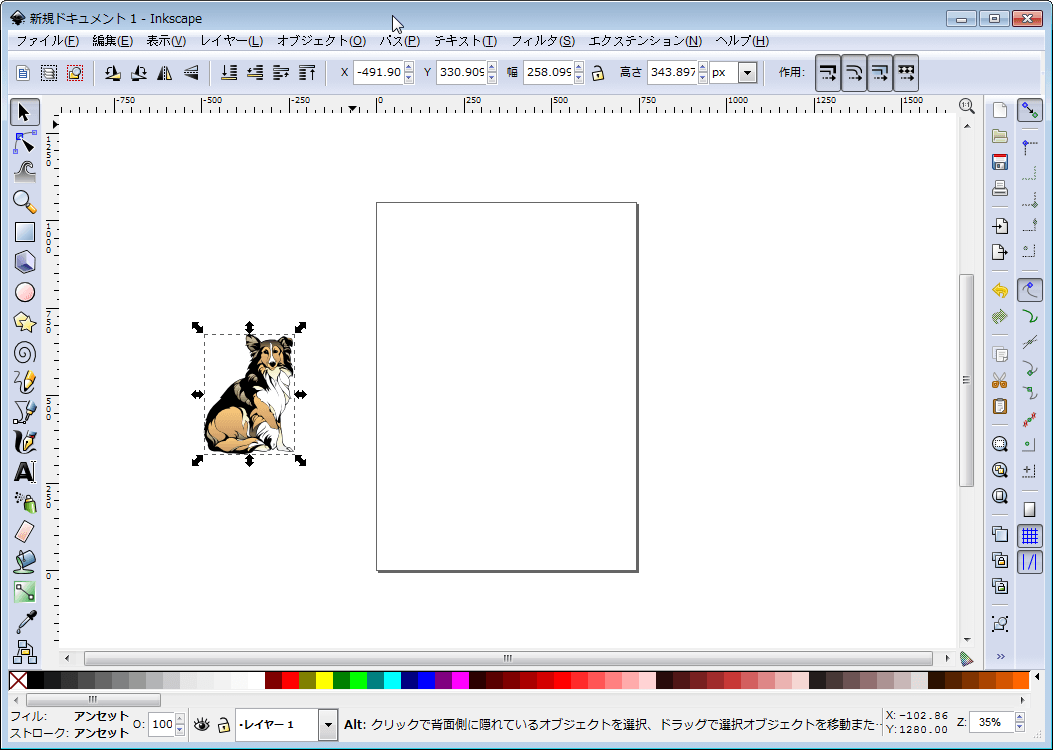
If you are just starting to give SVG a try, and already have a beautiful drawing at hand, you may expect your SVG to show up exactly as it is in the editor, all sharp and crisp, unfortunately, that may not be the case once embedded on your website. This way, I can still keep the text if I need to edit it later.5 Most Common Problems Faced by SVG UsersĪs SVG adoption increases 100% year-over-year, front end developers and designers like yourself will increasingly be expected to use more and more SVG in websites, all around the world. When I want to convert everything to paths, I duplicate the text layer, convert it, then hide the original. What I sometimes do is save the text in a separate layer. If you have an image where you might want to edit text later, but also want to convert to paths, you don't need to save two separate files (although that works too). If you use the Node tool F2 and hover over the letters, you'll see that the are all now individual paths. You will no longer be able to edit the text, but it will be rendered by browsers exactly as you see it. Then on the Path menu, click Object to Path.

The solution is to convert the text to a path.

For things like logos, you definitely don't want your font to be substituted. If the user doesn't have the font, it may be replaced in ways you wouldn't expect. It's important to note that SVG files do not embed fonts. Then, on the Text menu, click Convert to text. While the latter lets you create a text box that wraps, it's not a standard SVG feature and many browsers ignore it.



 0 kommentar(er)
0 kommentar(er)
